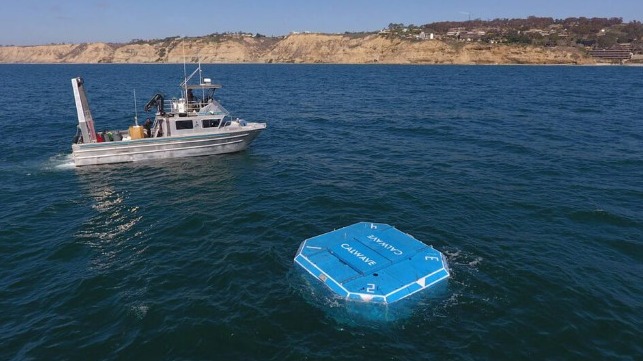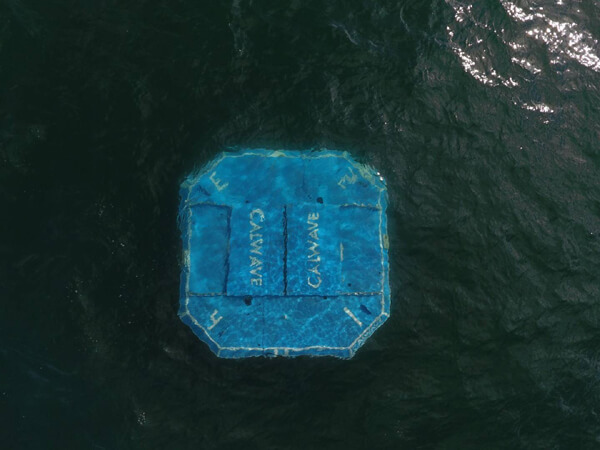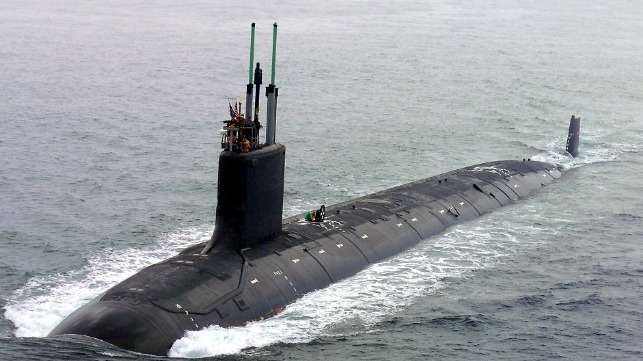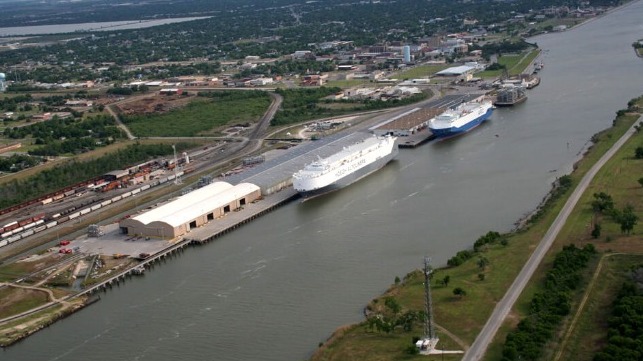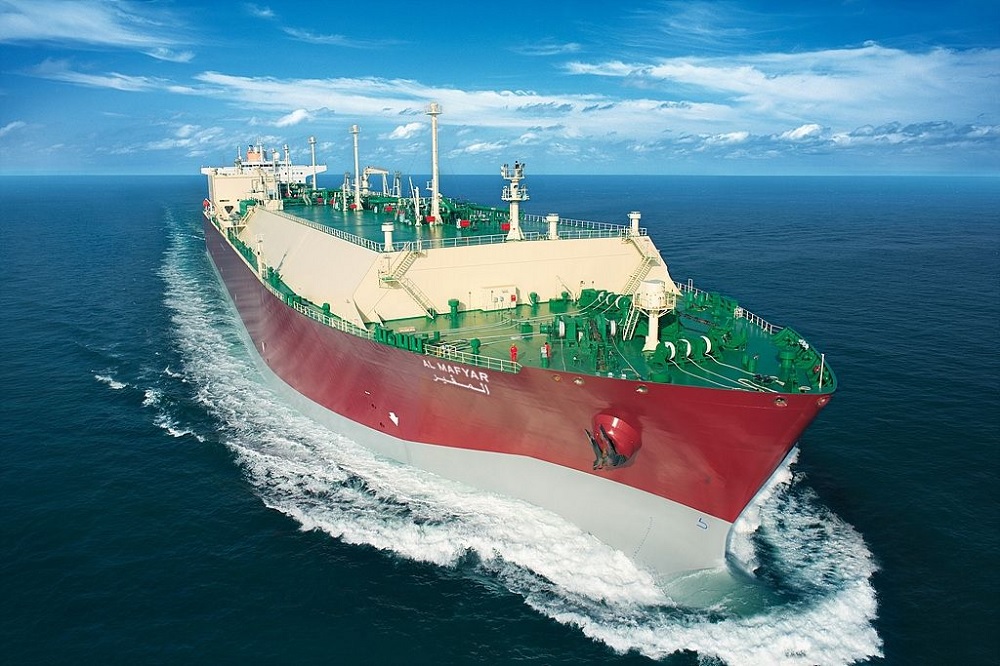
The U.S. Coast Guard is deploying more assets into the Western Pacific, giving America a new “white-hull” presence in contested waters. This effort includes the service’s “black hulls,” too: the Coast Guard’s sturdy buoy tenders are ranging far from home on new fishery-patrol and sovereignty missions.
On Friday, the crew of the Coast Guard buoy tender Juniper returned to Honolulu after a 45-day patrol out to Samoa, where they supported a patrol-and-partnership mission dubbed Operation ‘Aiga. During the 10,000 nm patrol, the cutter’s crew conducted operations to counter IUU fishing “while promoting the collective maritime sovereignty and resource security of partner nations in the Indo-Pacific.” (“Aiga” is the Samoan word for “family.”)
“During our deployment in Oceania, Juniper conducted fisheries enforcement in an effort to counter and deter illegal fishing activities in the Central Pacific,” said Cmdr. Chris Jasnoch, the Juniper’s commanding officer. “We were able to establish a presence on the high seas and in the U.S. Exclusive Economic Zone (EEZ) in American Samoa while also patrolling our partner nation’s EEZs.”
The Juniper’s crew worked under the Western and Central Pacific Fisheries Commission (WCPFC), an intergovernmental agency that works to protect the region’s fish stocks on the high seas. 18 of the WCPFC’s members have enforcing authority (including the United States).
During the patrol, the Juniper embarked a Mandarin linguist from the U.S. Marine Corps. With this assistance, the crew interacted with 11 foreign fishing vessels and boarded four of them, gathering information on IUU fishing activity in the region.
The crew also conducted joint operations with a French Navy Falcon-200 aircraft to identify and intercept vessels on the high seas – an important symbolic step, given the recent diplomatic tensions between the United States and France over Indo-Pacific policy. The crew also conducted a fueling evolution with the Coast Guard Cutter Oliver Berry, another participant in Operation ‘Aiga.
The Juniper’s crew also carried out their everyday mission, servicing aids to navigation in Pago Pago Harbor and neighboring islands. In addition to normal buoy maintenance, the Juniper carried out the first Waterways Analysis and Management System Report for Pago Pago since 2003. This report uses the input of the harbor’s regular users to review existing aids and evaluate where new aids would be useful.
Juniper’s crew also put together a donation box for children in Pago Pago, including sporting equipment, books and toys for the Boys and Girls Club of American Samoa. “Despite COVID restrictions preventing an in-person event, it felt good to know that we made a difference,” said Ensign Elaine Weaver, the Juniper’s community relations officer.
SOURCE READ THE FULL ARTICLE
https://www.maritime-executive.com/article/u-s-coast-guard-s-buoy-tenders-join-pacific-iuu-fishing-patrols

